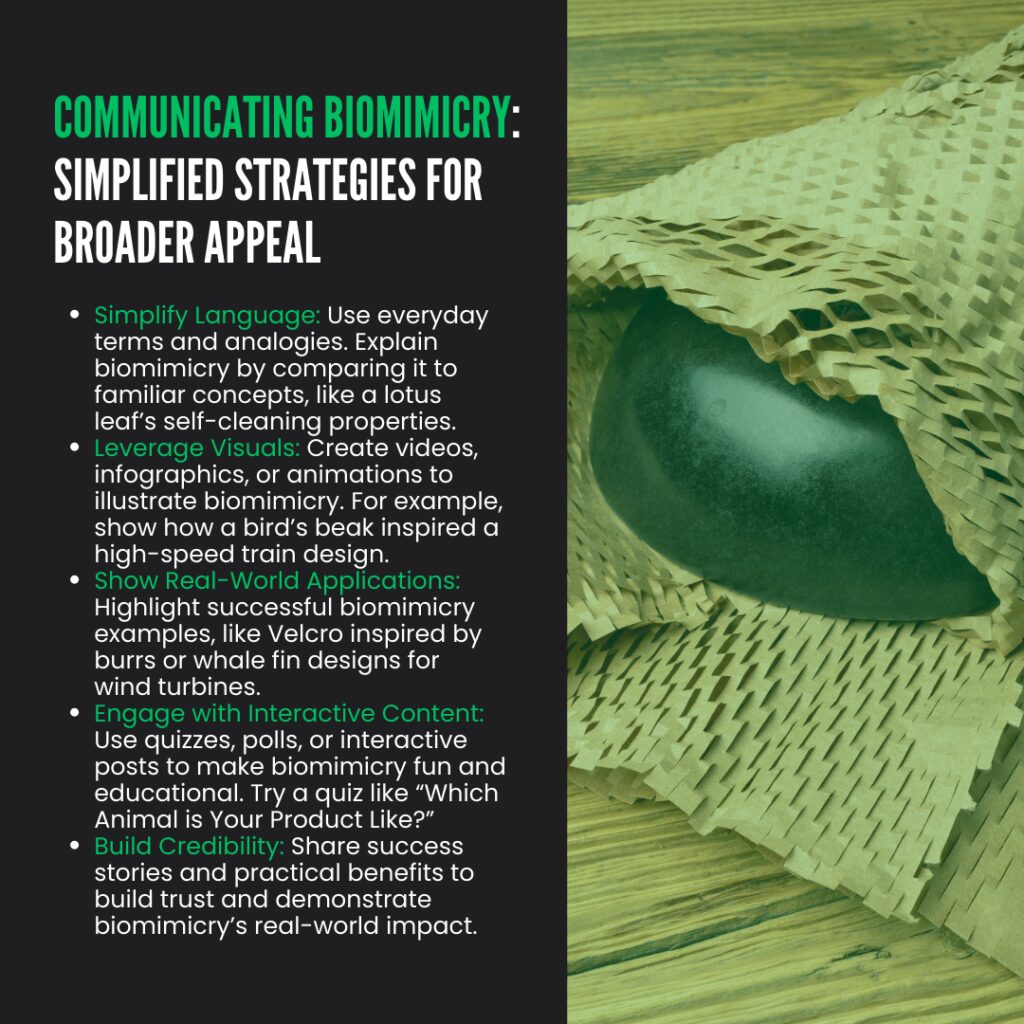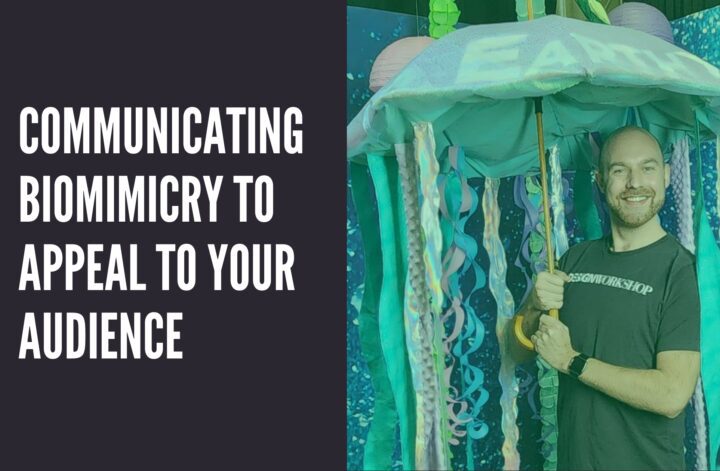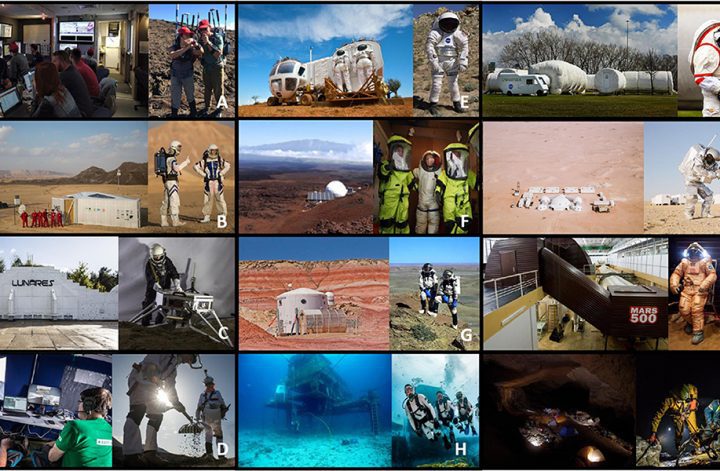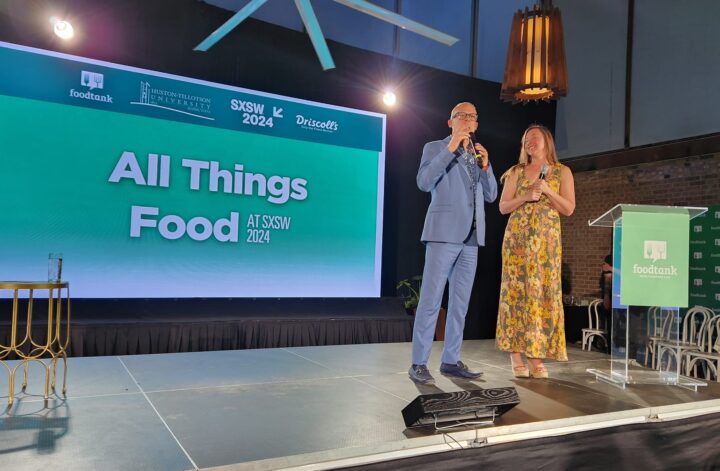Biomimicry is an incredibly powerful concept that offers innovative solutions by mimicking nature’s time-tested strategies. However, as exciting as it is, biomimicry can be a bit tricky to explain. It’s filled with scientific ideas and intricate processes that might leave some people scratching their heads. For marketers, the challenge lies in making these complex concepts not only understandable but also engaging and appealing to a broader audience. The key is to simplify without oversimplifying—to distill the essence of biomimicry into messages that anyone can grasp and appreciate. In this post, we’ll explore how marketers can achieve this balance and communicate the wonders of biomimicry in a way that resonates with consumers.
Breaking Down Complex Concepts: At its core, biomimicry is about learning from nature to solve human problems. While this sounds straightforward, the scientific details behind it can sometimes be overwhelming. To make biomimicry accessible, it’s essential to translate these complex ideas into everyday language. Avoid jargon and technical terms that might alienate your audience. Instead, use metaphors and analogies to draw parallels between nature and familiar experiences.
For example, think about how to explain a self-cleaning surface inspired by a lotus leaf. Rather than diving into the nitty-gritty of hydrophobicity, you could simply say, “Imagine how water beads off a lotus leaf, keeping it spotless—now picture a surface in your home doing the same thing.” This approach makes the concept relatable and easy to visualize, turning a complex scientific principle into something everyone can understand.
Utilizing Visual Storytelling: When it comes to simplifying complex ideas, a picture really is worth a thousand words. Visual storytelling is a fantastic way to convey the essence of biomimicry without getting bogged down in details. Infographics, videos, and animations can bring these ideas to life, making them not only easier to understand but also more memorable.
Take for instance the example of a high-speed train design inspired by a bird’s beak. A short animation showing the transition from a bird diving into water to a train speeding through the countryside can instantly communicate how nature inspired the design. These visuals help the audience see the connection between nature and technology, making the concept of biomimicry both fun and accessible.
Highlighting Real-World Applications: One of the best ways to make biomimicry tangible is to showcase real-world applications. People are more likely to understand and appreciate biomimicry when they see it in action. Highlighting products or technologies that have been developed through biomimicry can make the concept more concrete and relatable.
For example, Velcro is a product almost everyone is familiar with, but not everyone knows it was inspired by the tiny hooks on burrs that stick to animal fur. Sharing these kinds of stories not only demonstrates the practical benefits of biomimicry but also builds credibility and trust with your audience. When people see how biomimicry leads to innovative, effective solutions, they’re more likely to be intrigued and supportive.
Engaging Content Formats: Different people learn in different ways, so it’s important to use a variety of content formats to engage an audience. Blogs, podcasts, webinars, and social media posts each offer unique ways to explore biomimicry. Interactive content, such as quizzes or polls, can be particularly effective in both educating and engaging an audience.
For instance, a fun quiz like “Which Animal is Your Product Like?” can introduce the concept of biomimicry in a light-hearted way while also promoting products. By engaging the audience in multiple ways, one can ensure that messaging reaches a broader range of people and resonates with them on different levels.

Conclusion: Communicating the wonders of biomimicry doesn’t have to be a daunting task. By simplifying complex concepts, using visual storytelling, highlighting real-world applications, and experimenting with various content formats, marketers can make biomimicry accessible and engaging to a wide audience. The goal is to demystify biomimicry, making it something everyone can understand and appreciate. When done effectively, this approach not only informs but also inspires, fostering a deeper connection between consumers and the natural world—and that’s a win for everyone.
*Content was generated with AI based on my notes and direction, then edited and refined by me for accuracy.




